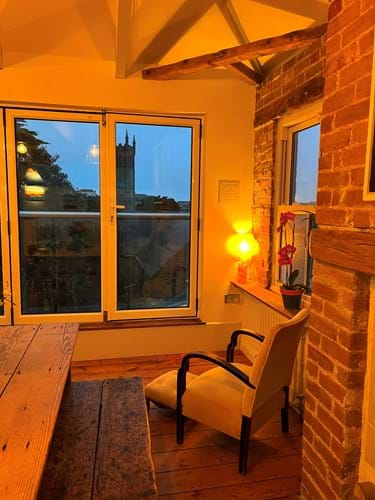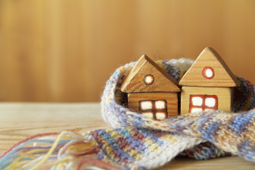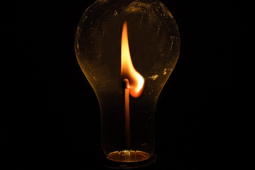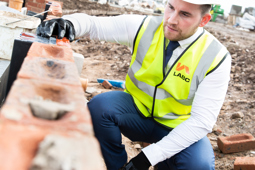Record temperatures in the UK and across Europe, shocking floods in Pakistan and a series of wildfires across the globe highlighted in 2022 the very real and frightening spectre of climate change. Coupled with rapidly rising energy bills homeowners are now looking to improve home comforts, reduce bills, reduce CO2 emissions and ultimately contribute to minimising the increase in global temperature.
Building Regulations set out minimum standards for insulation in new builds, conversions and retrofit projects, but there’s nothing to stop you from going above and beyond these.
One of the primary areas of your home where heat is lost is through the roof, so if you are planning a loft conversion, it’s vital that it's insulated well, to save energy (and money) and to make sure it is usable throughout the year.
It must also meet the energy efficiency targets set out in Part L of the building regulations. This sets out the standard of insulation needed, measured in U-values. The lower the U-value, the slower the heat transfer and therefore the better it is at insulating.
 Currently, the U-value must be 0.18W/m2K in England (the rules are more complicated for Welsh loft conversions). Your architect or designer will calculate the thermal heat loss and your building control surveyor will use the calculation to help determine compliance.
Currently, the U-value must be 0.18W/m2K in England (the rules are more complicated for Welsh loft conversions). Your architect or designer will calculate the thermal heat loss and your building control surveyor will use the calculation to help determine compliance.
The regulations don’t specify which material is used – there is a range to choose from and each will have different thicknesses to achieve the minimum U-value. Ideally, you want insulation that gives the lowest U-value for the thinnest material so that your headroom is affected as little as possible. You may also want to consider using environmentally friendly insulation materials. Your builder, designer or architect should be able to advise on this and help make sure the U-value will meet building regulations.
Wall insulation is also worth investigating, whether you have suitable cavity walls that can be insulated or are thinking about dry-lining older single-skin or timber framed walls, built before the advent of modern materials. As well as improving comfort, the right insulation installed properly will reduce condensation and cold spots, reduce damp and mould, reduce your heating bills and, of course, reduce your carbon emissions.
If you’re going to increase the insulation in your home, it’s vital that you also think about ventilation. Ventilation includes openable windows and doors, air bricks and air vents, and mechanical extractor fans in your kitchen, bathrooms, and utility rooms. You can also consider more complex systems like whole house ventilation, mechanical ventilation and heat recovery systems and passive stack ventilation. Improved ventilation improves airflow and the number of air changes in a room per hour, which removes odours as well as damp and mould spores and prevents staining and improves some illnesses like asthma.
Many people are now changing their primary and secondary heating systems. Whatever heating system you use, whether this is powered by gas, oil or electricity, the chances are more energy efficient models are now available. You might want to consider renewable energy sources like ground and air-source heat pumps, solar or wind energy or be thinking about installing underfloor heating or a wood burner. If you are opening up or installing a new fireplace, appliance, or flue, you’ll need to make sure this is safely installed to enable gasses to escape properly, protect your home from fire and prevent carbon monoxide poisoning.
We understand that this is a challenge for many of us. If everyone does whatever they can, no matter how small it is, it will make a difference.
Read related articles on Front Door

10 home renovation problems owners can avoid
Read article
What are the insulation requirements for my roof?
Read article
Will I need building regulations approval for a combined heat and power system?
Read article



